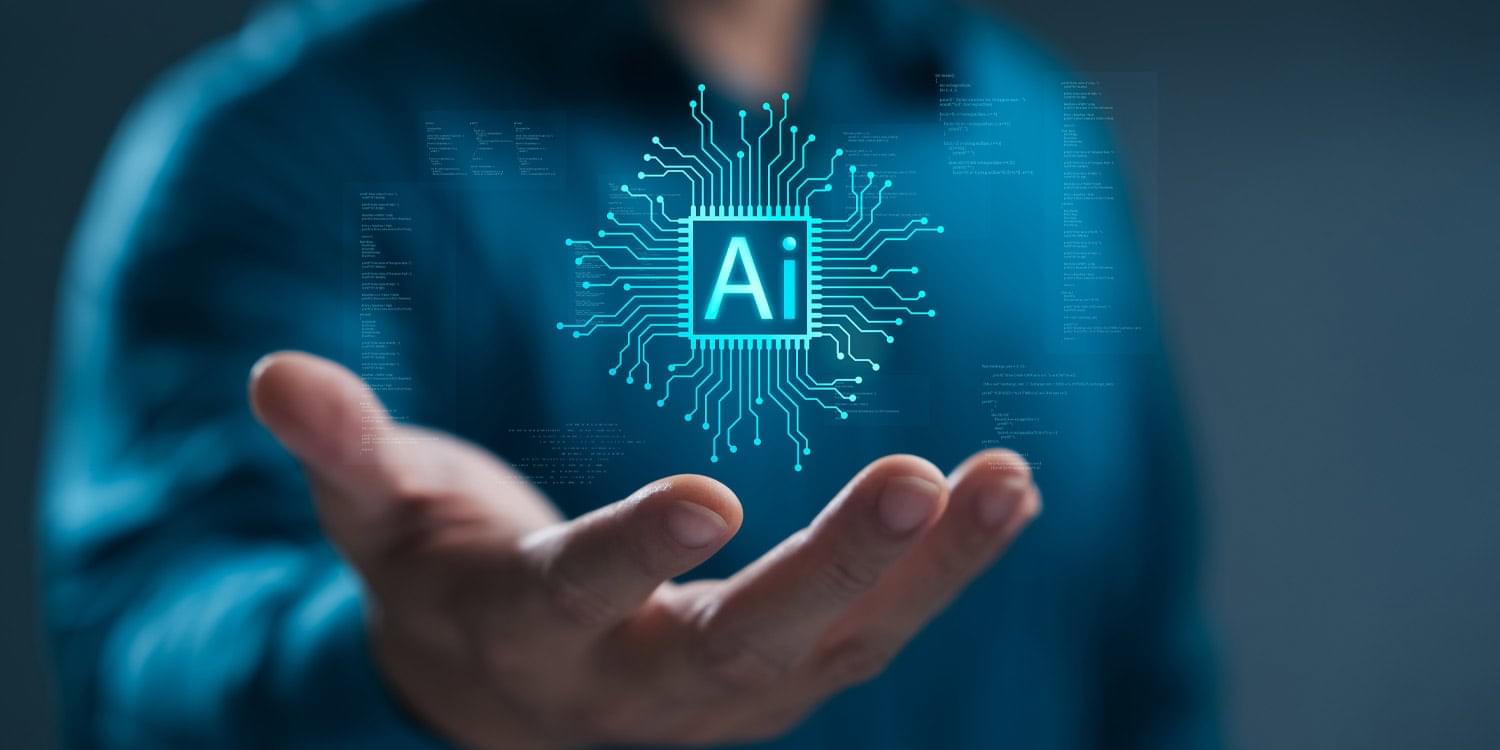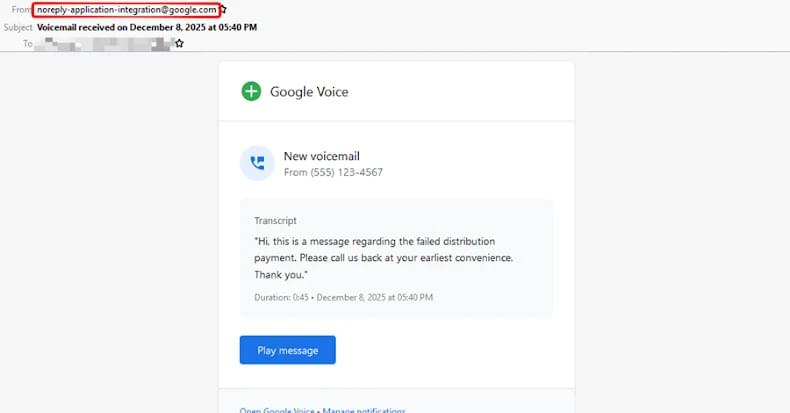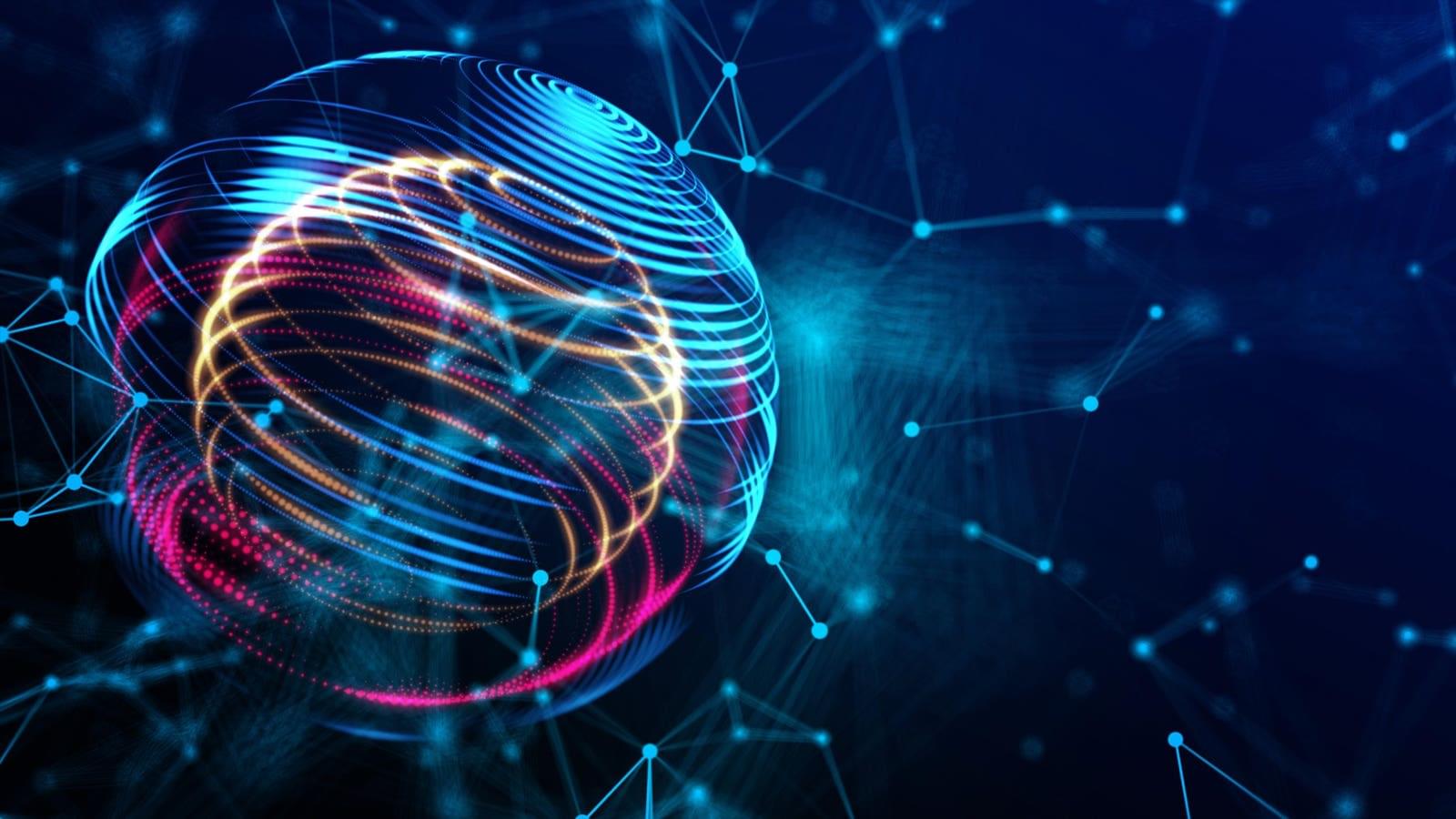Astaroth banking malware is spreading in Brazil through WhatsApp messages, using ZIP files to steal contacts and banking credentials on Windows system



Why 2026 Changes Everything for Tesla, Grok & SpaceX
## Elon Musk’s companies, including Tesla and SpaceX, are expected to experience significant breakthroughs and growth in 2026, driven by advancements in AI, robotics, and space technology.
## Questions to inspire discussion.
Tesla Robotaxi & Cybercab Strategy.
🚖 Q: When will Tesla’s Cybercab production begin and what regulatory hurdle must be cleared first? A: Cybercab production is set to begin on April 1, 2026, but requires federal regulations on autonomous ride-hailing since current rules mandate steering wheels and pedals for non-experimental vehicles.
🚗 Q: How will Tesla’s robotaxis function as an advertising strategy? A: Robotaxis will serve as Tesla’s primary advertising strategy by acting as an Uber-like service that demonstrates the cars’ capabilities and encourages personal ownership, potentially reducing the need for traditional advertising.


A new Medicare study reveals that neurologists generate substantially more downstream revenue when treating common neurologic conditions than non-neurologists, mainly because neurologists use more in-depth diagnostics and treatment strategies.
Neurologists generate significantly greater downstream revenue while treating common neurologic diseases than non-neurologist physicians, underscoring their clinical and financial importance to health systems, an analysis shows.
The report, published in October in Neurology Clinical Practice, revealed that neurologist-led care generated up to 519 percent more downstream revenue than non-neurologists did, adding approximately $180 million to downstream revenue totals. For autoimmune neuromuscular diseases alone, neurologist-led care generated $58.7 million in downstream revenue compared to $9.5 million from non-neurologists. This increased revenue, experts note, translates to better outcomes for patients with neurologic conditions.

In response to the findings, Google has blocked the phishing efforts that abuse the email notification feature within Google Cloud Application Integration, adding that it’s taking more steps to prevent further misuse.
Check Point’s analysis has revealed that the campaign has primarily targeted manufacturing, technology, financial, professional services, and retail sectors, although other industry verticals, including media, education, healthcare, energy, government, travel, and transportation, have been singled out.
“These sectors commonly rely on automated notifications, shared documents, and permission-based workflows, making Google-branded alerts especially convincing,” it added. “This campaign highlights how attackers can misuse legitimate cloud automation and workflow features to distribute phishing at scale without traditional spoofing.”
⚙️ Q: What makes supersonic engines better than subsonic for ground power generation? A: Supersonic engines designed for 160°F operation at 60,000 ft and Mach 1.7 handle high ground temperatures without requiring water cooling, throttling, or water spray that subsonic engines need to avoid melting in hot conditions.
Deployment Timeline.
📅 Q: When will Boom’s engines start powering AI data centers? A: Boom’s supersonic engines are scheduled to begin providing power to AI customers in 2027, becoming the most tested new jet engine ever before carrying passengers.
Business Model.
💰 Q: How does powering data centers benefit Boom’s supersonic aircraft development? A: The symbiotic relationship creates a financial bridge where engines generate revenue from data center operations before deployment in commercial passenger aircraft, funding the experimental-to-commercial transition.
Environmental Considerations.

By Chuck Brooks
Quantum Computing and the Dismantling of Cryptographic Foundations Quantum technology may be the most transformative long-term influence on the horizon. Although large-scale, fault-tolerant quantum computers may remain years from realization, their expected influence is already transforming cybersecurity strategies. As quantum technology advances, the risk of “harvest now, decrypt later” assaults suggests that today’s encrypted sensitive data could become vulnerable in the future.
From 2026 to 2030, enterprises will increasingly recognize that cryptographic agility is vital. The move to post-quantum cryptography standards means that old systems, especially those in critical infrastructure, financial services, and government networks, need to be fully inventoried, evaluated, and upgraded.
🔹 Q: What specific cost advantages does SPARC offer beyond eliminating underwriting fees? A: SPARC reduces friction, cost, and time by bypassing the traditional investment banking process entirely, eliminating promotional fees and creating a cleaner, more transparent process than traditional SPACs.
🔹 Q: How would Tesla shareholders get early access to SpaceX shares through SPARC? A: Tesla shareholders would receive special rights to acquire SpaceX shares at the IPO price before the public, potentially through warrants at a discounted price, allowing them to benefit from SpaceX’s future growth.
🔹 Q: What advantage does SPARC provide Tesla investors over traditional IPO allocation? A: SPARC enables more equitable allocation of SpaceX shares to Tesla investors, avoiding the traditional gated process that benefits Wall Street bankers’ friends and their preferred clients.
🔹 Q: How could SpaceX share access impact Tesla’s stock price? A: The SPARC structure allowing Tesla shareholders to receive warrants for SpaceX shares at discounted prices could potentially boost Tesla’s stock price by providing unique value to existing shareholders.
Pricing Control.
🔹 Q: Who controls pricing in SPARC versus traditional IPO? A: SPARC allows the public to set the price rather than banker control, giving SpaceX more control over pricing decisions compared to traditional IPO where investment banks determine valuation.

Whether you’re a scientist brainstorming research ideas or a CEO hoping to automate a task in human resources or finance, you’ll find that artificial intelligence (AI) tools are becoming the assistants you didn’t know you needed. In particular, many professionals are tapping into the talents of semi-autonomous software systems called AI agents, which can call on AI at specific points to solve problems and complete tasks.
AI agents are particularly effective when they use large language models (LLMs) because those systems are powerful, efficient, and adaptable. One way to program such technology is by describing in code what you want your system to do (the “workflow”), including when it should use an LLM. If you were a software company trying to revamp your old codebase to use a more modern programming language for better optimizations and safety, you might build a system that uses an LLM to translate the codebase one file at a time, testing each file as you go.
But what happens when LLMs make mistakes? You’ll want the agent to backtrack to make another attempt, incorporating lessons it learned from previous mistakes.